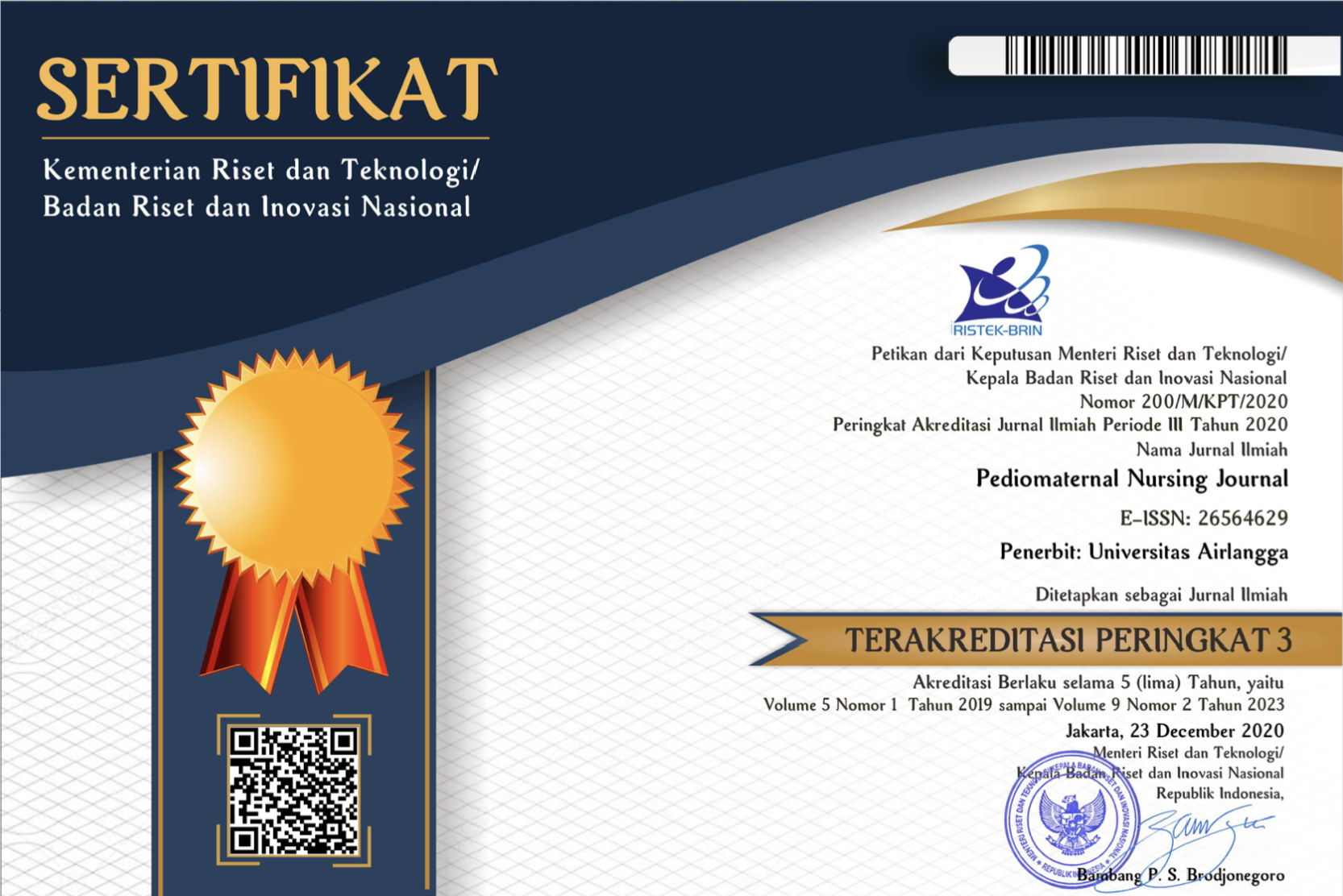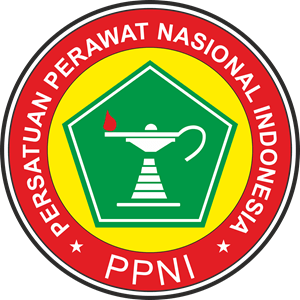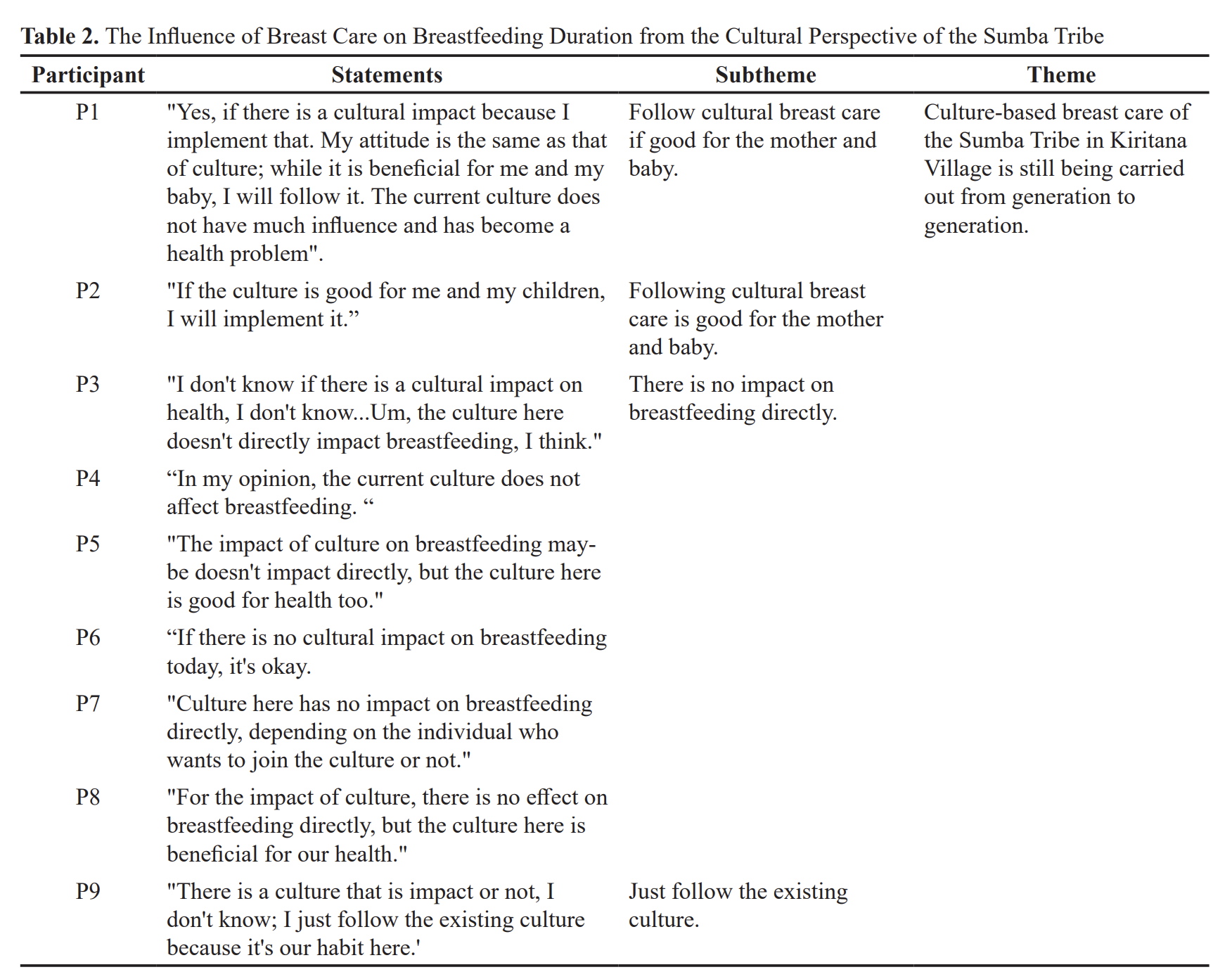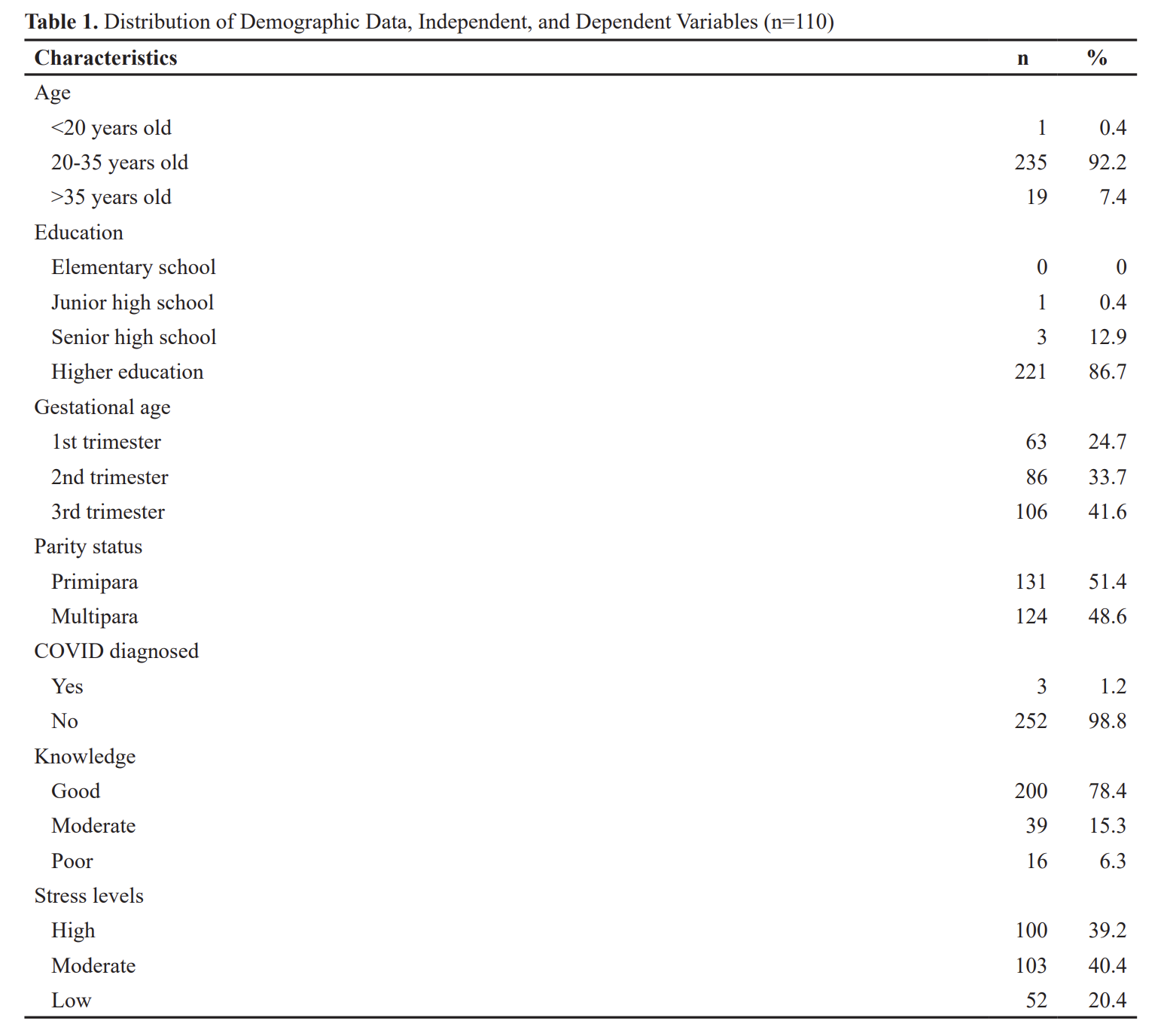The combination effect of moringa leaf and white rice flour as a facial mask on acne vulgaris among female teenagers

Downloads
Introduction: Acne vulgaris, commonly known as acne, is an inflammatory skin condition characterized by comedones, papules, pustules, and nodules, primarily affecting adolescents. Although not dangerous, it can be managed with both pharmacological and non-pharmacological treatments, such as facial masks made from a combination of Moringa leaves and white rice flour. This study aims to evaluate the effect of Moringa leaf masks combined with white rice flour on the healing of acne vulgaris with two different dosages.
Methods: This study used a two-group pre-post test design. A non-probability purposive sampling technique was employed to select 35 respondents. The independent variable was the administration of Moringa leaf masks combined with white rice flour, while the dependent variable was the healing of acne vulgaris in adolescents. The mask combinations used were 10 grams of Moringa leaves and 5 grams of rice flour, and vice versa. An observation sheet assessed the level of acne vulgaris severity. Data were analyzed using the Wilcoxon Signed Rank Test and the Mann-Whitney Test.
Results: The Wilcoxon Signed Rank Test showed a P-value 0.083 for dose 1, indicating that the intervention had no significant effect on acne vulgaris healing between pre-test and post-test. However, dose 2 had a P-value 0.046, suggesting a significant effect in reducing acne vulgaris. The Mann-Whitney Test revealed a P-value 0.551, indicating no significant difference between dose 1 and dose 2 in the healing of acne vulgaris after the intervention.
Conclusion: Both dosages of the Moringa leaf mask combined with white rice flour were effective in reducing the severity of acne vulgaris.
Keywords: acne vulgaris; face mask; moringa leaves; rice flour
Copyright (c) 2024 Lilis Fatmawati, Khoiroh Umah, Silvia Zulmiatin

This work is licensed under a Creative Commons Attribution 4.0 International License.
1. The journal allows the author to hold the copyright of the article without restrictions.
2. The journal allows the author(s) to retain publishing rights without restrictions.
3. The legal formal aspect of journal publication accessibility refers to Creative Commons Attribution (CC BY).





















